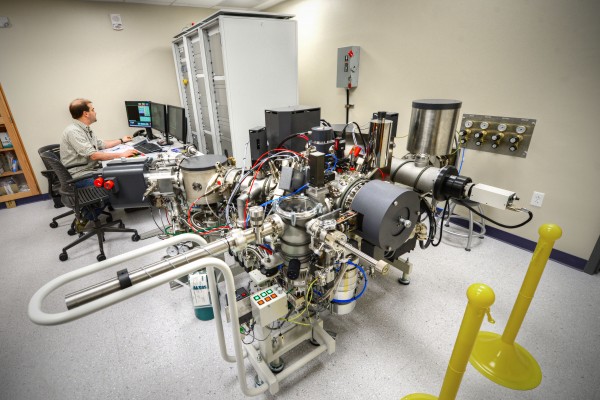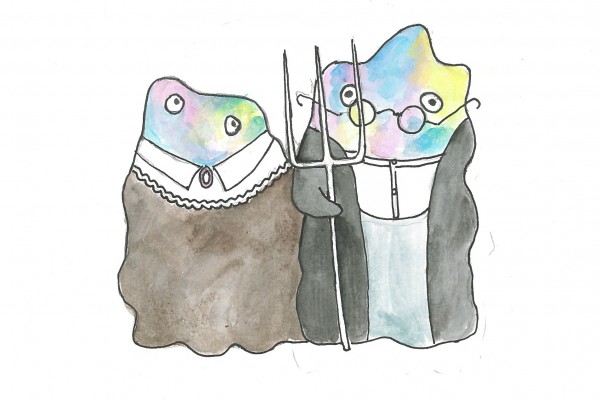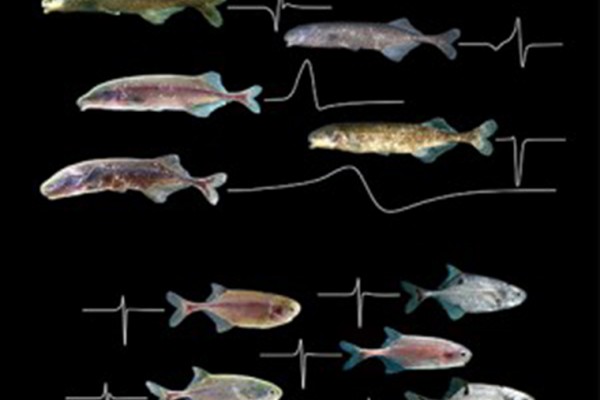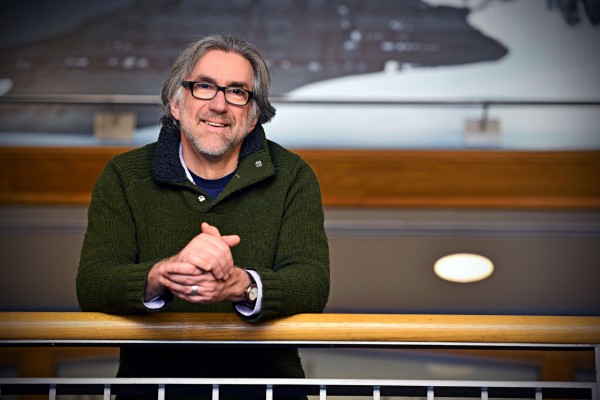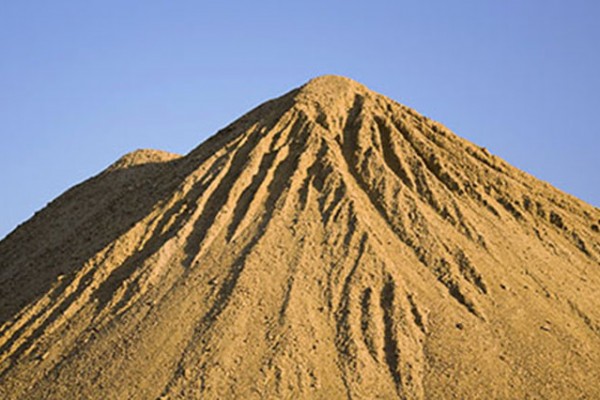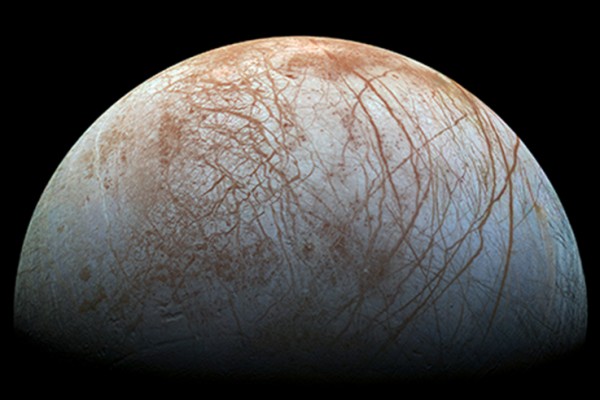$2.4 million instrument upgrade will let scientists see what is happening inside microbes
The U.S. Department of Energy has awarded David Fike, PhD, associate professor of earth and planetary sciences, $2.4 million to adapt a powerful chemical microscope called the 7F-GEO SIMS for biological samples. The updated instrument’s ability to map the chemistry inside cells will boost research on microbes that are promising candidates for biofuel or bioenergy production.
Bacterial infection makes farmers out of amoebae
A bacterial infection turns non-farming social amoebae into farmers, Washington University evolutionary biologists report in the Aug. 24 issue of Proceedings of the National Academy of Sciences.
High-energy observatory launches this week
On Wednesday, Aug. 19, at 8:15 a.m. St. Louis time, NASA TV will begin broadcasting the launch of a cargo container at the Tanegashima Space Center off the southern coast of Japan. In addition to water and spare parts, the cargo container will carry CALET, an astrophysical observatory designed to study the high-energy cosmos.
Newly discovered brain network recognizes what’s new, what’s familiar
New research from Washington University in St. Louis has identified a novel learning and memory brain network that processes incoming information based on whether it’s something we’ve experienced previously or is deemed to be altogether new and unknown, helping us recognize, for instance, whether the face before us is that of a familiar friend or a complete stranger.
Fish that have their own fish finders
African fish called mormyrids communicate by means of electric signals. Fish in one group can glean detailed information from a signal’s waveform, but fish in another group are insensitive to waveform variations. Research at Washington University in St. Louis has uncovered the neurological basis for this difference in perception.
It’s alive, it’s alive!
It was bedlam at mission control when the first images of Pluto came down over the Deep Space Network. Not only were there few craters, but some areas of the planet were smooth as a billiard ball and others rumpled and rippled; some stained the color of dried blood and others gleaming bright white. The variety meant that there was geology on Pluto, alien though the
geological processes might be to earthlings.
Smart cornfields of the future
Scientists attending a workshop at Cold Spring Harbor Laboratory slipped the leash of scientific caution and tried to imagine what they would do if they could redesign plants at will. The ideas they dreamed up may make the difference between full bellies and empty ones in the near future when population may outrun the ability of traditional plant breeding to increase yields.
Rough guide to Pluto-watching with Bill McKinnon
New Horizons will fly through the Pluto system on July 14 at an angle of 46 degrees to the plane of the dwarf planet’s orbit, then turn to use sunlight reflected from Charon, Pluto’s biggest moon, to image areas of Pluto now in continuous darkness. Your host for the WashU Pluto watching party will be Bill McKinnon, a planetary scientist at Washington University in St. Louis, who will be commenting from mission headquarters at the Johns Hopkins University’s Applied Physics Laboratory in Maryland.
Functioning brain follows famous sand pile model
In 1999, Danish scientist Per Bak made the startling proposal that the brain remained stable for much the same reason a sand pile does; many small avalanches hold it at a balance point, where — in the brain’s case — information processing is optimized. Now scientists have shown for the first time that a brain receiving and processing sensory input follows these dynamics.
Europa, here we come
Scientists have been itching to go to Europa for a long time because this moon is thought to have a global ocean beneath an outer shell of ice — an ocean that may be hospitable to life. In May, NASA took the first step, selecting nine instruments to fly on a mission to Europa. Washington University’s William McKinnon, on the science team for two of the instruments, talks about the mission.
Older Stories
